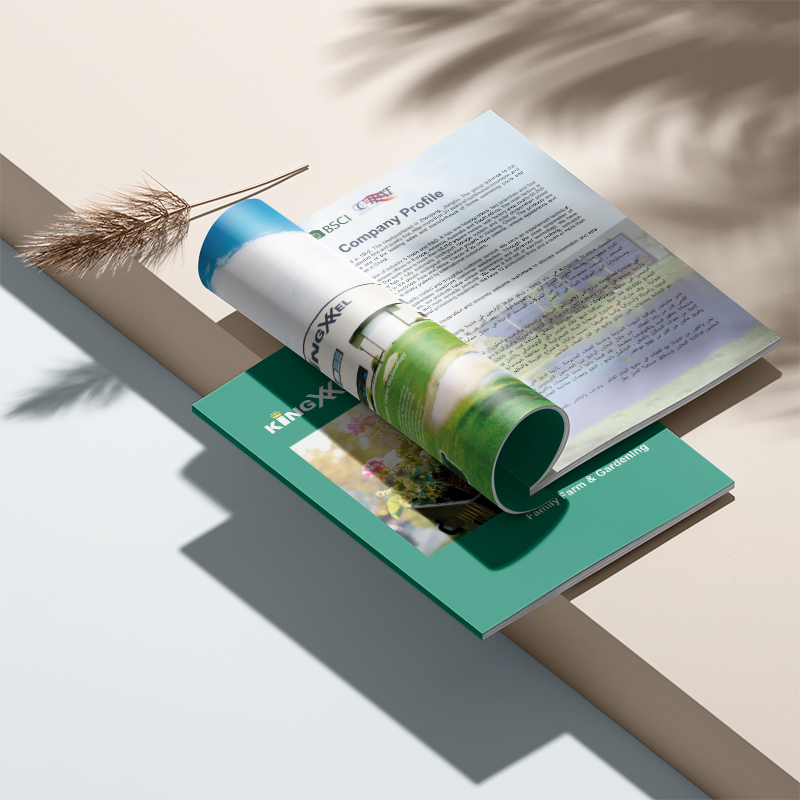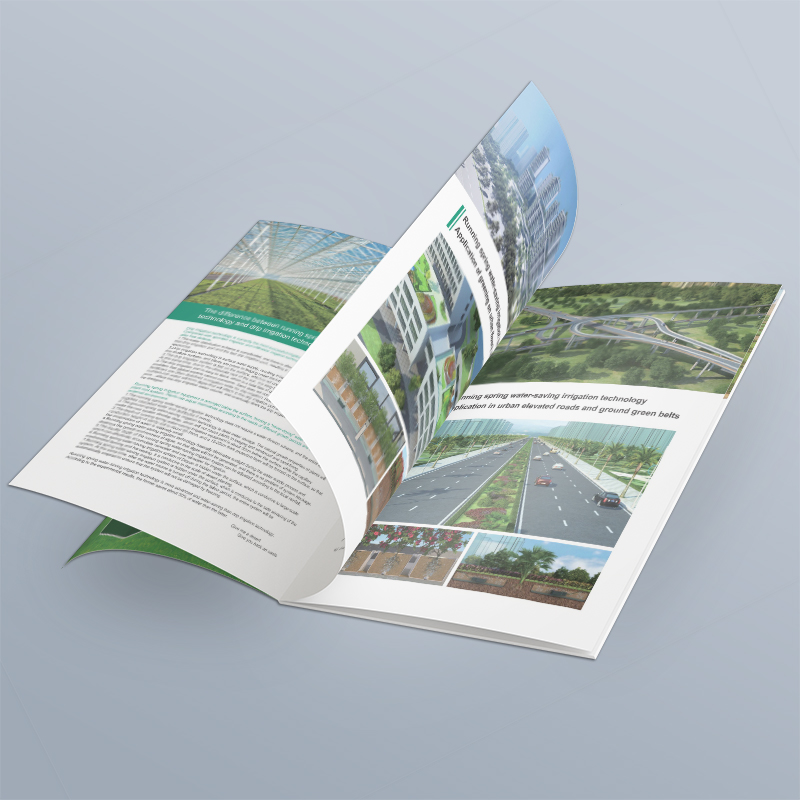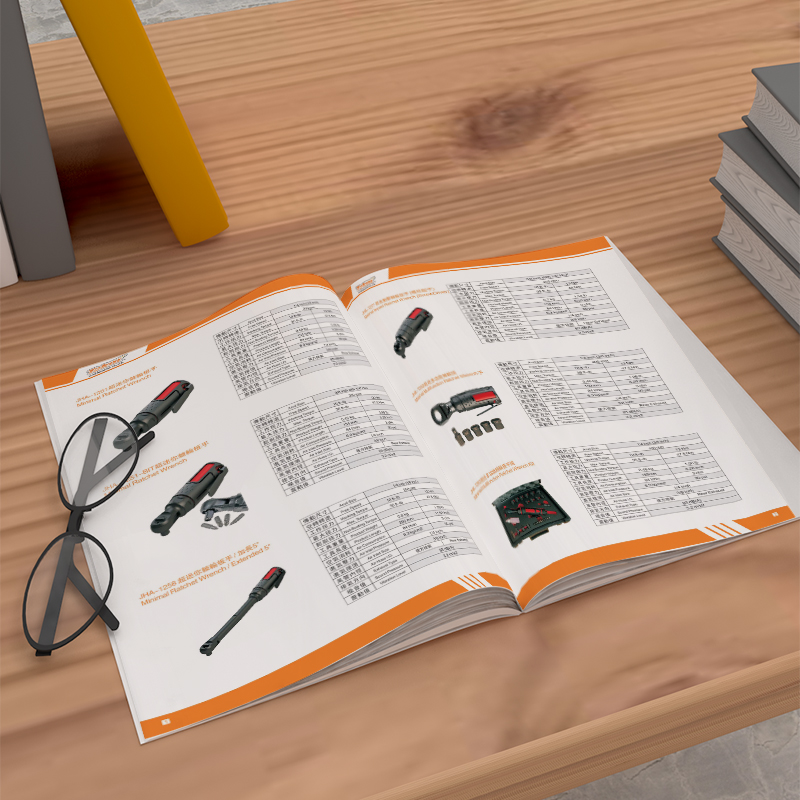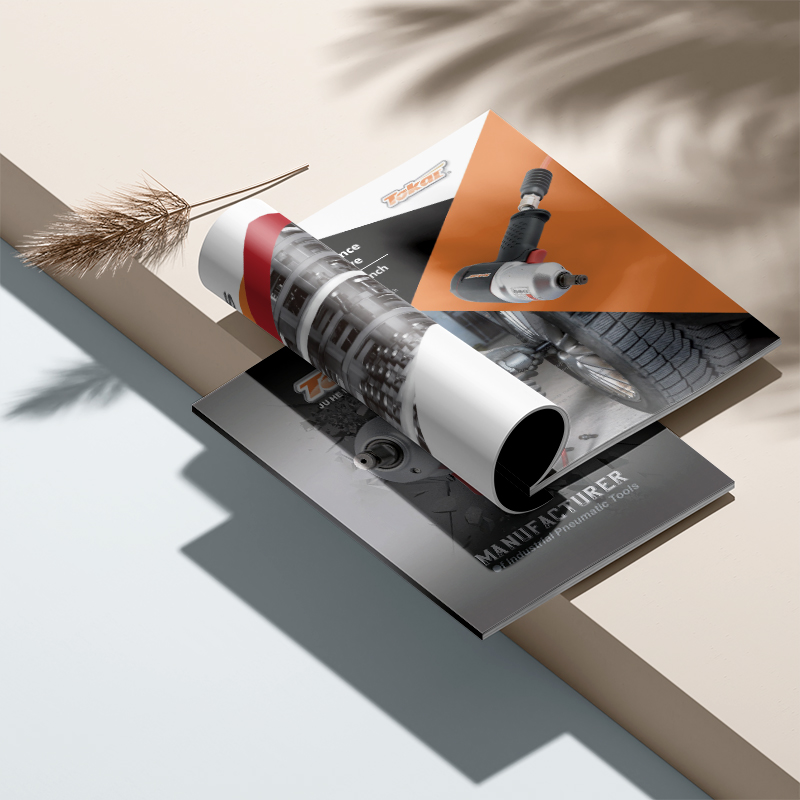Can't make up your mind about the size of designing and producing brochures? Common sizes Advantages and Disadvantages PK!
Every time we talk about designing and making brochures, we can't get around a "soul torture"-how big is the size? If you choose a small one, you are afraid that the content will not be stuffed and the momentum will not be enough. If you choose a big one, you are afraid that the cost will be high and it will be inconvenient to carry. Don't worry, today we will break it apart and crush it to talk about it, and help you find the "just right" format!

1. If you choose the wrong size, all your efforts will be in vain?
A brochure is not as simple as printing a few pieces of paper casually. It represents the face of your enterprise and is a "three-dimensional business card" handed to customers. From design to production, every link affects the final effect. The size is precisely the starting point of this visual journey, which sets the tone and first impression of the album.
If you choose a big choice, the cost will rise rapidly, and the customer will hold it heavily in his hand, and he may turn it twice and put it down; If the choice is small, the well-designed content may be crowded, and no matter how good the idea is, it can't be displayed. Therefore, if the size is not selected correctly, no matter how exquisite the subsequent design and production are, it may get twice the result with half the effort.

Second, common size big PK, who is your "Mr. Right"?
There are various sizes of picture albums on the market, but there are only a few mainstream ones. Let's focus on the three most common "players":
Classic king: A4 size (210mm x 297mm)
The advantages are visible at a glance: it's so common! Document bags, folders and bookshelves are suitable anywhere. Customers have a sense of weight in their hands, which makes them look formal and atmospheric. Designers also love it. The layout is relatively free, and the pictures and words can be stretched out. It is especially suitable for corporate brochures, product catalogues and project reports with a lot of content and information.
The shortcomings must also be faced squarely: the other side of "classic" may be "ordinary". Want to jump out in a bunch of A4 giclees? Work harder on the design! In terms of cost, the amount of paper is more than that of small size, and the cost of printing and binding naturally rises. Carry it. Put it in a lady's handbag? It's kind of forced.
Exquisite rookie: A5 size (148mm x 210mm)
Advantages Small and compact: cost-friendly! Paper is saved, and printing and production costs are reduced accordingly. Lightness and compactness are king, and there is no pressure to distribute, carry with you and mail it at the exhibition. This size has its own sense of sophistication, which is especially suitable for scenarios with refined content, pursuit of design and portability, such as service manuals, fast-moving consumer goods leaflets, and activity guides.
Disadvantages: Limited space: The layout is really small, and designers have to be careful. Want to enlarge the picture and arrange a lot of text? It's a bit difficult to display, and the amount of information is too large and it's easy to appear crowded. In addition, the size is small, and the "heavy" sense of authority and momentum is naturally not as good as that of the A4 big brother.
Personality: square format (common such as 210mm x 210mm or 185mm x 185mm)
Advantages are unique: special enough! In a pile of rectangular albums, the square is absolutely eye-catching, full of artistic sense, design sense and modernity. This unique proportion provides designers with great creative space, especially suitable for fashion, art, design, creative companies, or projects that need strong visual impact.
The disadvantages need to be weighed: unique means unconventional. Printing and post-production (such as special cutting) costs may be higher. Storage and reading habits are also a problem. Standard document bags may not fit in, and customers may need to adjust their habitual posture when flipping through.

Third, your "best size" is hidden in the details!
After reading the PK of the above three players, are you even more entangled? Don't worry, there is no standard answer to choosing size, the key depends on what your "demand password" is:
What is the tonality of your business/brand? Are traditional finance and manufacturing industries seeking stability? The A4 is more solemn. Fashion design, creative companies play with personality? The square shape may be more eye-catching. Small and medium-sized enterprises emphasize practicality and cost performance? The A5 is very flexible.
Who is this album mainly for? Where is it used? Should it be put on the customer's desk to read carefully (A4 is better), or should it be distributed quickly at the exhibition site (A5/square portability is king)? The reading scenario of the target customer is crucial.
Is there much content? Is the visual requirement high? Are there many product parameters and long cases? The A4 space is more calm. Focus on beautiful pictures and creative typesetting? Square or A5 can also give a high-end feel.
Is the budget stuck? Cost is a hard indicator. With sufficient budget, you can pursue the atmosphere or square uniqueness of A4; If you have a limited budget, A5 is a pragmatic choice, and it is wiser to spend the money saved on design and paper texture.

Fourth, size is only the starting point, professional design and production are king!
Selecting the size is only the first step in designing and producing brochures. The real challenge is: how to perform the best brand story on this selected "stage"?
Design: Good design can turn size limitations into unique advantages. Create a majestic momentum on A4, show exquisite ideas on A5, and play with creative layouts on squares. This requires designers to deeply understand the core of the brand, accurately grasp the visual communication, and let every inch of the layout speak for you.
Production: No matter how good the design is, it also needs professional production to land. The choice of paper weight and touch, the application of printing technology (laminating, bronzing, UV, embossing, etc.), and the determination of binding methods (saddle nails, glue binding, hardcover) are interlocking and directly affect the final texture, durability and presentation effect of the album. The fine control of the production process is the key leap for the album to change from "design drawing" to "fine product".

5. Xiaobian's heart: size tangled? It's better to leave it to a professional partner!
In the final analysis, designing and producing brochures is a systematic project. The choice of size is important, but what ultimately impresses customers is the professionalism, brand value and intention conveyed by the album as a whole.
If you are preparing for "Design and produce brochures"The size and various details scratch your head. Instead of trial and error yourself repeatedly, it is better to find a reliable professional partner to talk to. They are experienced and can quickly understand your needs. Combining industry trends and practical experience, they can help you choose the format that is cost-controllable, has the best effect, and best represents the soul of your brand. In the subsequent design and production, they ensure that every link is accurate and in place, helping you create a publicity tool that can truly enhance your brand image and help your business development.



